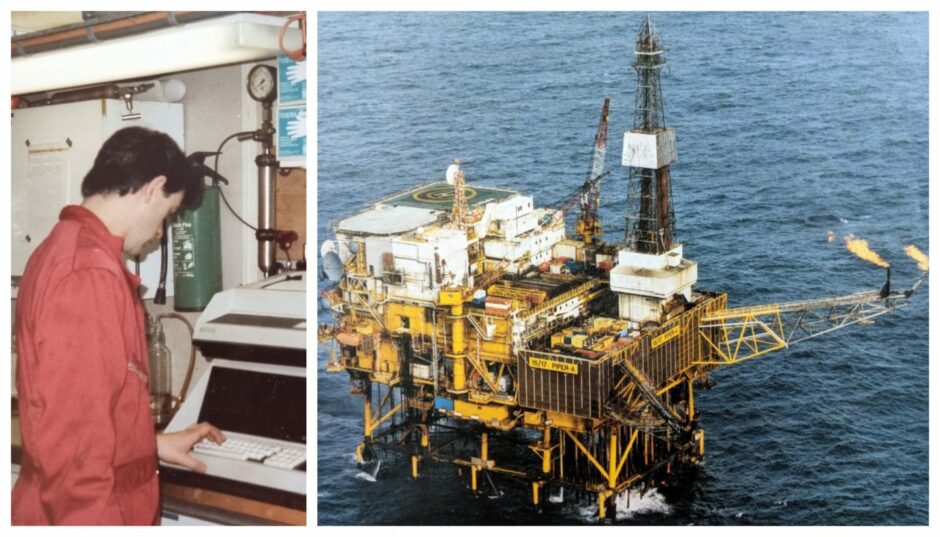
For most, the mention of the name Piper Alpha conjures thoughts of the North Sea’s darkest moment, a disaster that took place 35 years ago, however, for Ian Cukrowski, he remembers the first steady job he had in the energy sector.
The explosion that claimed 167 lives on 6 July 1988, remains the most devastating tragedy in the history of the offshore industry.
The findings from the Cullen Enquiry that followed it and the changes in safety culture offshore have no doubt saved countless lives.
However, a new generation of workers has entered the sector, some of which were not born when the disaster took place.
For them, the name Piper Alpha only relates to the disaster but for Mr Cukrowski, and many others, that platform was just like any other before the tragedy.
Mr Cukrowski reflected on his time onboard the North Sea’s most infamous rig: “I was on it for two years, doing a constant two on two off. It was really like a home from home.”
‘A lot of good banter on the platform’
The Piper Alpha, as with any North Sea installation, was a workplace that was shared by many people from all walks of life.
For Mr Cukrowski the people he shared the Piper with were “very friendly.”
“I quite liked the Piper, the food was good, the people were pretty friendly and there were ex-forces people, ex-RAF, people from the north-east of England, so there was a lot of good banter on the platform.”
The living conditions on the Piper Alpha also suited Mr Cukrowski, sharing a room with the person on the opposite shift meant you always had your own cabin “which is nice,” he explained.
“It’s far better having your own cabin than being in a cabin with three other guys, which I have done in other places.”
Cukrowski worked on an ad hoc basis when he first started in the offshore energy sector but when he got the opportunity to secure a permanent position on the Piper Alpha, he jumped at it.
“I preferred it to other platforms just for the friendliness,” the former North Sea production chemist explained, having picked up a handful of shifts on Piper Alpha ahead of getting the job.
Working on Piper Alpha
Ian Cukrowski worked on the Piper Alpha as a production chemist, he was one of four to work in this job on the platform.
He explains that “they had four production chemists working on different rotas.”
When arriving on the Piper, Ian would go straight onto the night shift, after a week of this he would move on to the day shift for a week before flying back home.
The friendly nature of the crew onboard the platform extended to Mr Cukrowski’s colleagues, “we all worked quite closely together,” he told Energy Voice.
“Quite often you just arrived on the platform and go straight to work in the laboratory.
“We all worked quite closely together so that the person who was leaving would try and do as much as possible for the person arriving so they didn’t have to make up solutions or whatever.
“It was quite an easy break into your two-week shift pattern.”
‘He went to his bed that night and never left again’
Mr Cukrowski was lucky enough not to be onboard the Piper the night of the disaster, however, his colleagues did not share his luck.
“The guy who just arrived on the platform was on the night shift.”
Providing some insight into what happened on 6 July 1988, the former production chemist says: “He had been working in the lab and he survived”
However, “the guy who had done his week of night shifts, he went to his bed that night and never left again.”
Offshore Safety
Listening to Mr Cukrowski speaking so highly of his former colleagues greatens the weight of the disaster, each of the 167 people that lost their lives had personalities, friends and family.
The Piper Alpha has become synonymous with discussions around offshore safety, with many pointing to the night of 6 July 1988 as a warning to those who do not stay on top of safety procedures in the North Sea.
However, according to the former production chemist, he never saw the Piper Alpha as a more dangerous place to work than any other North Sea platform.
Before diving into the safety onboard the platform, Mr Cukrowski adds the caveat “Health and safety was probably a completely different kettle of fish back then.”
Mr Cukrowski tells a story about working on the Brae Alpha platform from roughly the time he was working on the Piper.
“Take these Drager tubes to measure H2S,” he was told.
“I tried one Drager tube, the tube went black instantly, so I tried another one with higher indicators.
“Eventually I got a reading from one and then came back out into the other module and showed the production staff for the results, and they went ‘My god, shut that well down right now!’ one breath of that stuff and you’d be dead.
“After that, I thought, my God, I was dispensable, I was completely dispensable.”
‘That’s an accident waiting to happen’
From this ex-production chemist’s point of view, many platforms were equal in their approach to safety.
However, some in the sector saw the additions made to the Piper Alpha over its lifetime as a reason to stay away from the platform.
When Mr Cukrowski accepted the job on the Piper Alpha a colleague of his said: “That’s an accident waiting to happen.”
Modules were installed to account for shortcomings in the platform’s initial design.
When the Piper was initially designed, its job was to produce and export oil, gas was an afterthought. To account for this, a gas compressor was fitted.
“There was no gas condensation, so everything was being flared,” Mr Cukrowski says.
“Then they had to put in gas condensation system, they had to add that on to what was the original platform.”
With that being said, the Piper Alpha was not the least safe place Mr Cukrowski had worked during his career offshore.
“I’m not going to name it but there was one platform, not in the British section, that was a little bit more lax.”
‘I’ve seen more summers than anybody who died that night’
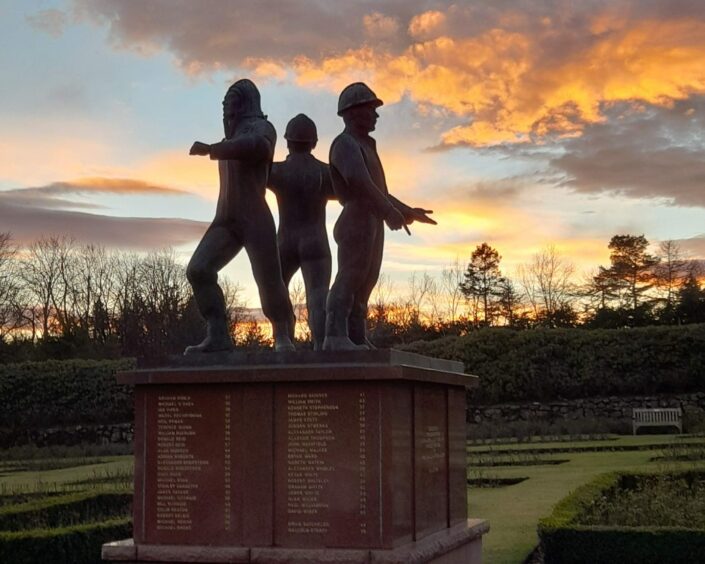
Even though it may not have been the least safe oil platform at the time, the Piper Alpha was the location of one of the most tragic events in the sector’s history and with Ian Cukrowski’s connection to it, this is a fact he is all too familiar with.
“When I go up to the Piper Alpha memorial, I go up there nearly every year if I’m in town on the 6th at 10:00 o’clock. It was the night, the time of the explosion.
“Most of the years have gone there I’ve been on my own, but recently, I don’t know why, there seems to be more people turning up at 10 o’clock.”
Those who have visited the North Sea memorial garden will be familiar with the statue that takes pride of place in the centre of the space.
This stands on top of a plinth with the names of all the people who lost their lives on the night of the disaster.
For Mr Cukrowski, these names hold so much more meaning than what they do for the average person.
“When I look at the names, I can still see the faces. But they fade, you know your memory fades.”
Now retired, Ian Cukrowski is older than the eldest person who lost their life on the Piper Alpha 35 years ago.
He says: “I’ve seen more summers than anybody who died that night.
“It’s these little things that might sound weird to some people, but it makes complete sense to me because it’s the reason to carry on.”
Recommended for you


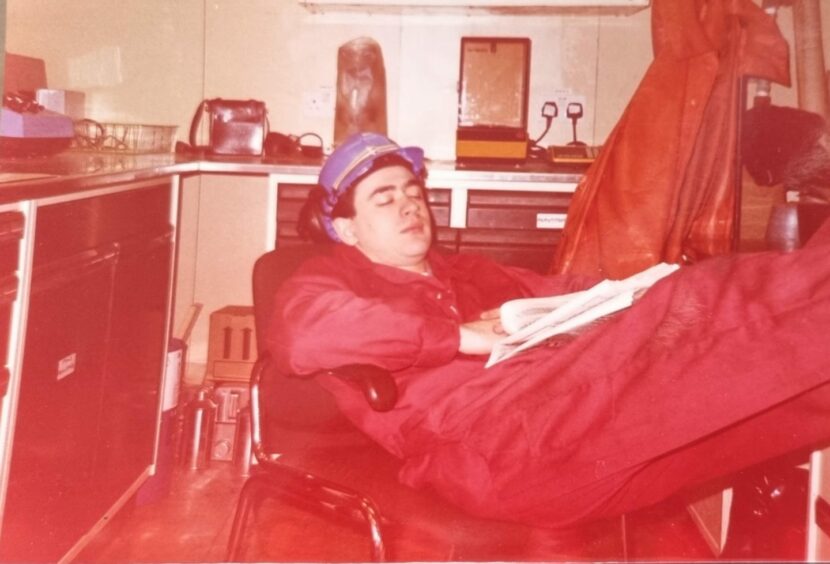 © Supplied by Ian Cukrowski
© Supplied by Ian Cukrowski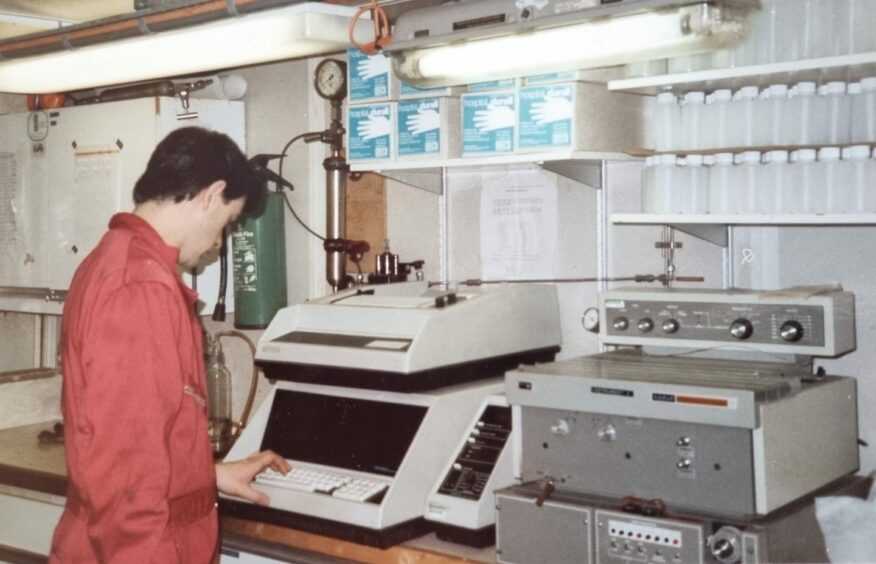 © Supplied by Ian Cukrowski
© Supplied by Ian Cukrowski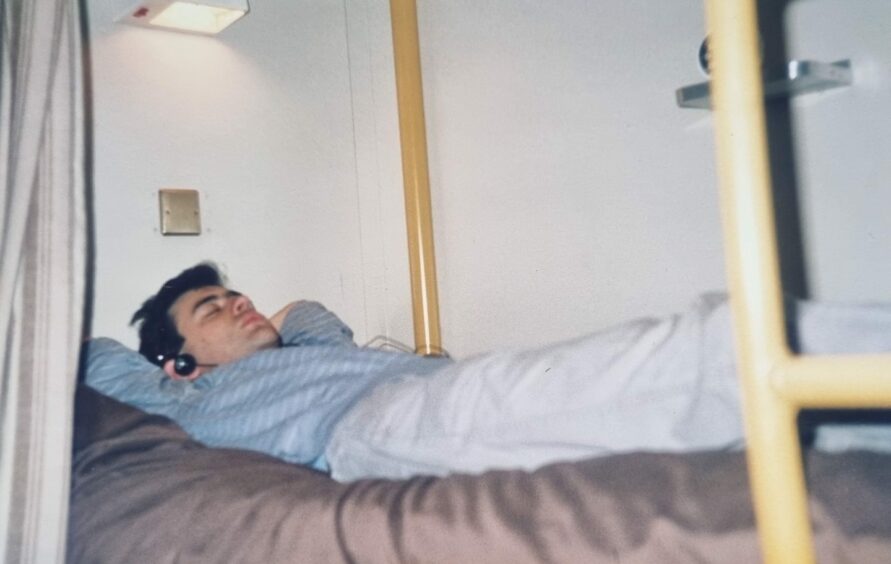 © Supplied by Ian Cukrowski
© Supplied by Ian Cukrowski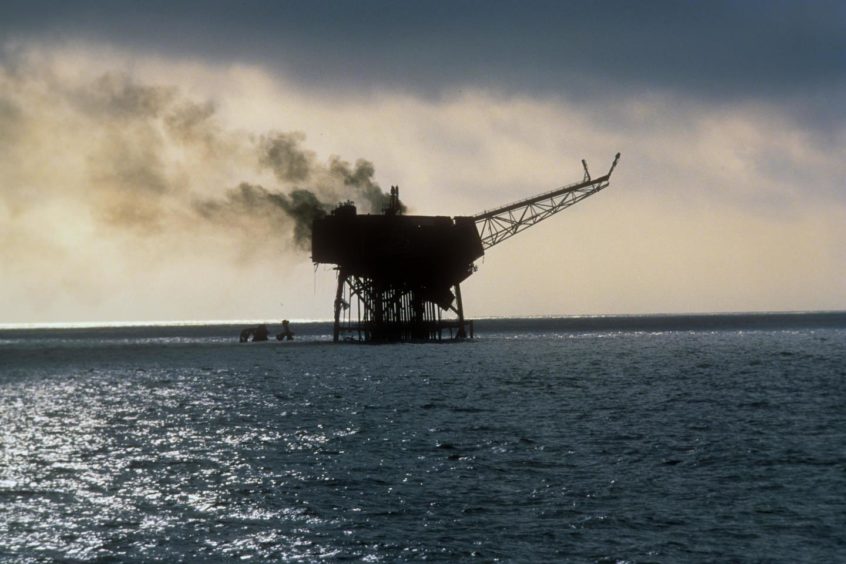 © PA Archive/PA Images
© PA Archive/PA Images © Supplied by Ian Cukrowski
© Supplied by Ian Cukrowski